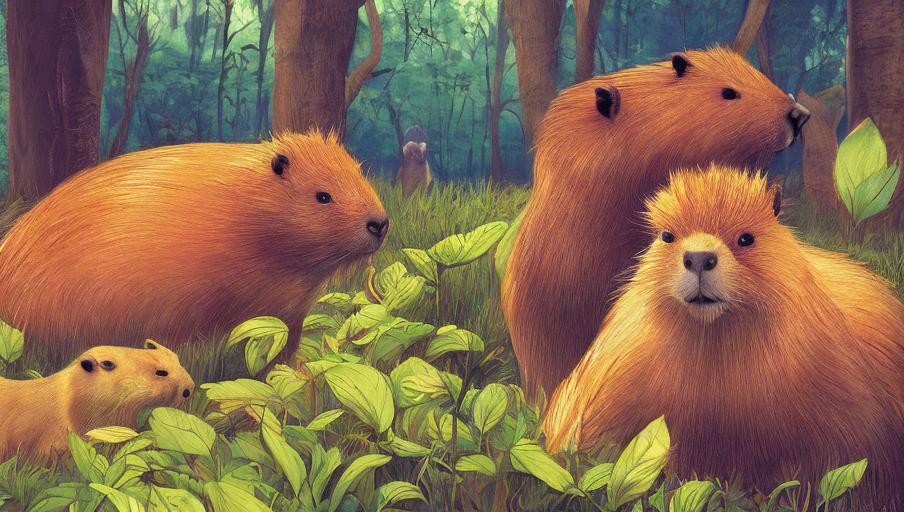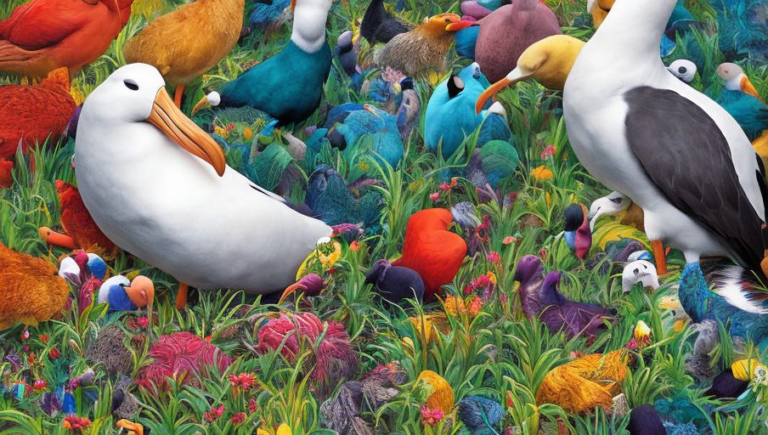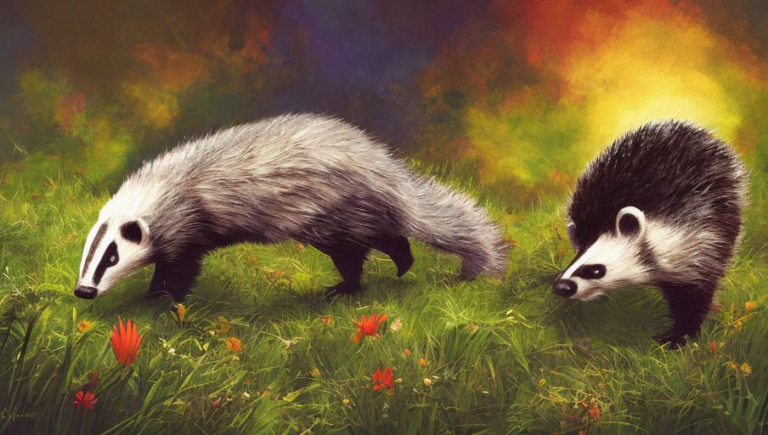The Threats Facing the Capybara

What is a Capybara?
Capybara (Hydrochoerus hydrochaeris) is the largest living rodent in the world, and it can be found in South America. This semi-aquatic mammal is a herbivore and its diet consists mainly of grasses, aquatic plants, and fruits.
Threats to the Capybara
Unfortunately, the capybara is threatened by a variety of human activities. The most significant threats include habitat loss, hunting, and pollution. As human populations continue to increase and habitats are destroyed, the capybara’s natural habitats are being compromised.
Habitat Loss
The capybara’s natural habitats are being destroyed as a result of human development. As forests are cleared for agricultural land and urban expansion, the capybara’s natural habitats are being destroyed. In addition, dams and other human-made water sources are changing the capybara’s natural habitats, making it difficult for them to find food and shelter.
Hunting
The capybara is hunted for its meat, which is considered a delicacy in some parts of South America. In some areas, hunting is unregulated and the capybara is killed indiscriminately. In addition, the capybara is also hunted for its hide and fur, which is used to make leather goods.
Pollution
The capybara is particularly vulnerable to pollution as it inhabits both aquatic and terrestrial environments. Water pollution from industrial and agricultural runoff can lead to the degradation of the capybara’s food sources, as well as the destruction of its habitats. In addition, air pollution can also harm the capybara as it can be exposed to harmful chemicals and particles.
Conservation Efforts
Fortunately, there are a number of organizations and initiatives working to protect the capybara. These include efforts to protect the species’ natural habitats, reduce hunting, and regulate water and air pollution. Additionally, there are also organizations that are working to raise awareness about the capybara and its plight.
National Parks and Reserves
National parks and reserves are being established in some areas in order to protect the capybara’s natural habitats. These reserves provide a safe haven for the capybara, as well as other endangered species.
Education and Awareness
Organizations such as the International Union for Conservation of Nature (IUCN) are working to raise awareness about the capybara and its plight. Through education and awareness, people can learn more about the species and its importance in the environment. This can help to reduce hunting and other threats to the capybara.
Conclusion
The capybara is an important species and its survival is essential for the health of its habitats and ecosystems. Unfortunately, the capybara is facing a number of threats, including habitat loss, hunting, and pollution. Fortunately, there are organizations and initiatives that are working to protect the species and its habitats. Through education and awareness, as well as the establishment of reserves and other conservation efforts, the capybara can be protected and its habitats preserved.





